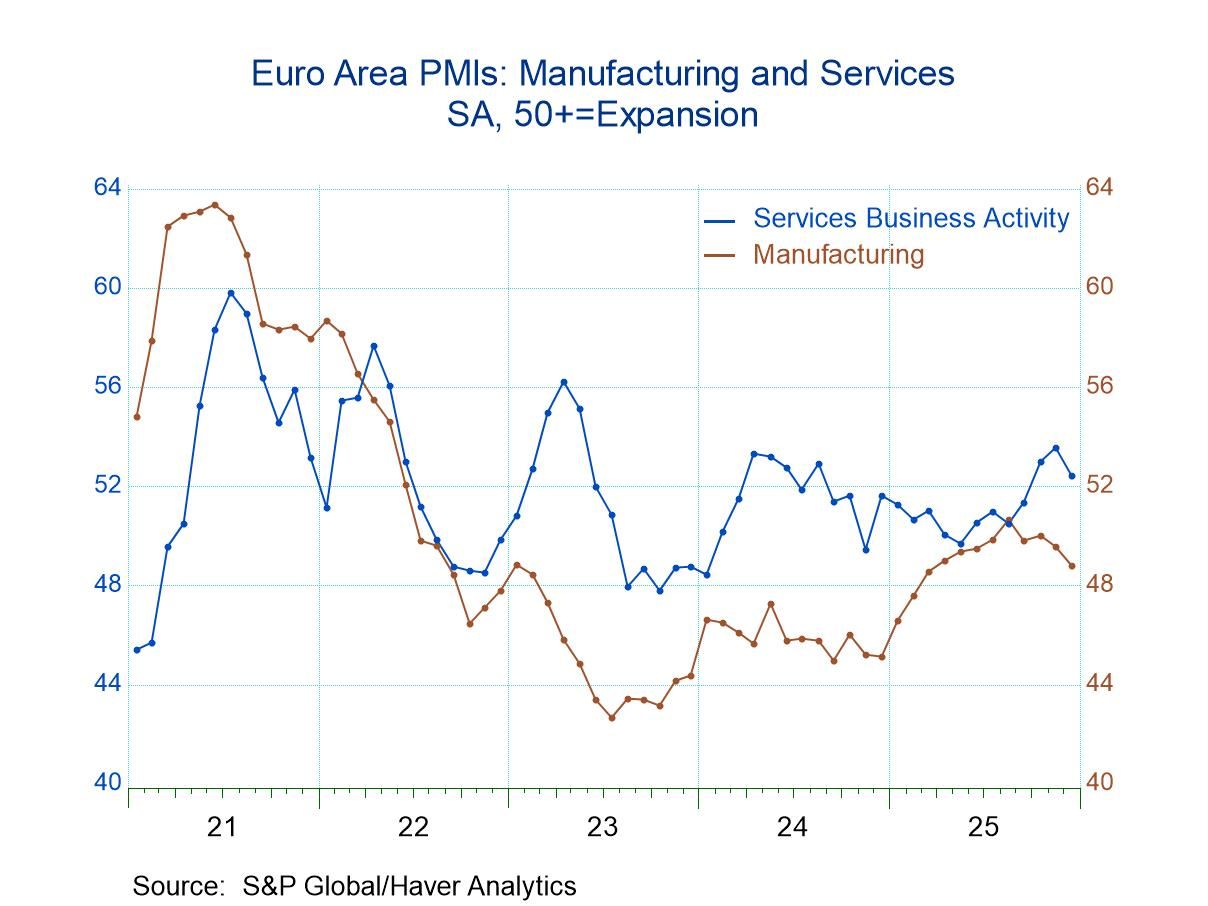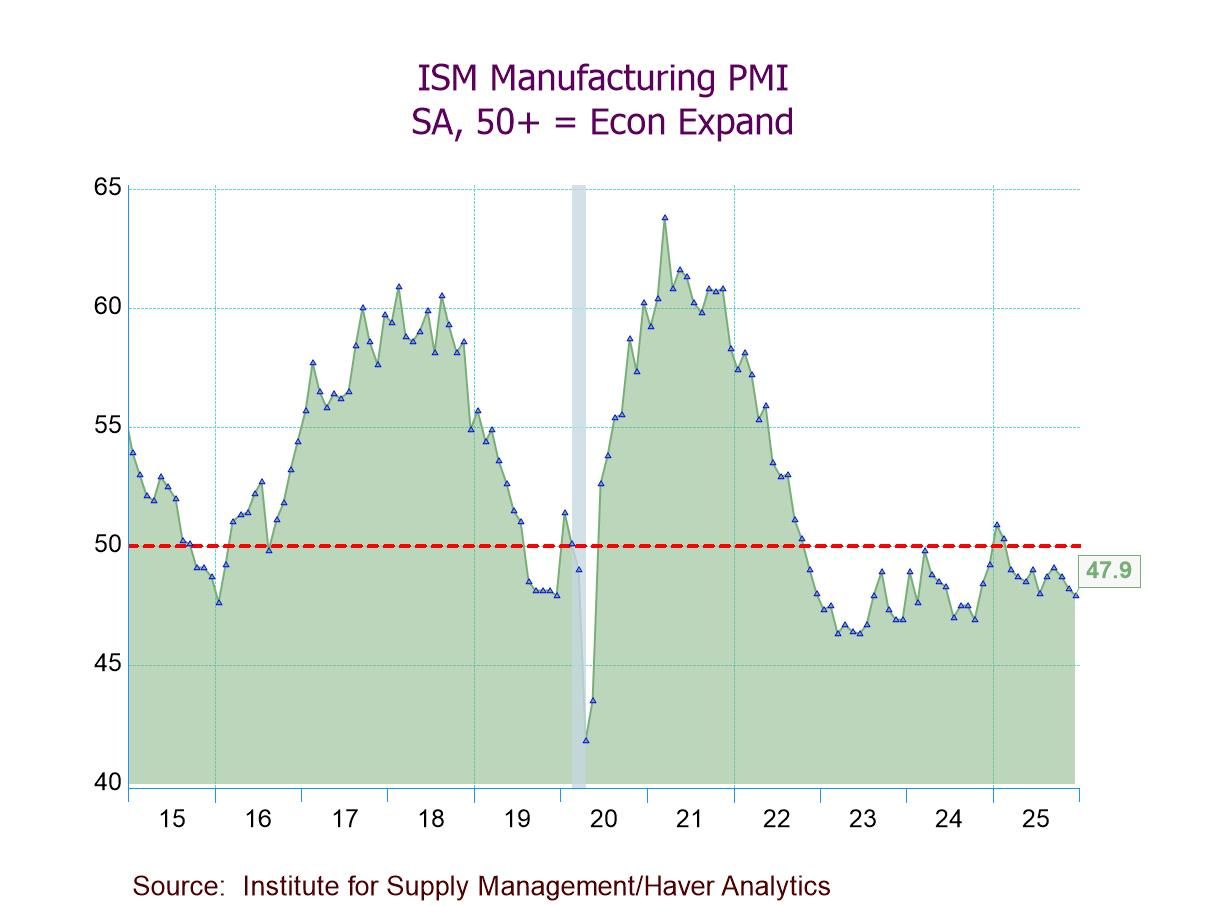German Consumer Winter Climate Continues -Little Sign of Warming

Game of Growth: Winter is not coming...it’s just still here German consumer climate edges higher in April. It is still the 15th weakest monthly reading in the last 24-plus years (292 months) of its survey existence. The reading ranks in the lower five-percentile (5.3 percentile) of all readings in the history of survey and is still exceptionally weak. If this is a climate reading, it is still winter in Germany.
Learning from Germany’s Climate History Readings on this measure were largely positive back to 2000 when the survey began. It logged a series of negative readings (15 months of negative readings) from March 2002 through May 2003; those readings never got weaker than a reading of -3.5.
Covid brought the next set of negative readings to GfK from May 2020 to September 2021. There were 17 negative months in a row that began with the deep negative reading at -23.1 in May. It repaired to -18.6 in June, progressed to -9.4 in July and rose to a reading of just -0.2 in August 2020, before slipping back into weaker readings as weak as -12 to -15 or so. Negative readings returned in December 2021 before the Ukraine invasion which came in February 2022. GfK did not nosedive immediately, but it weakened from -6.9 in Jan-Feb to -8.5 in March 2022, and then fell to -15.7 in April. The bottom fell out as the index plunged to -26.6 in May 2022.
Since May 2022, the GfK reading has averages -30.2. On this truncated timeline, the current reading ranks as the eighth strongest. On that ground, the current reading may embody some hope. But it is still mired in deeply negative readings.
My recitation of German consumer climate history makes it clear that it’s not Covid but the invasion of Ukraine that hit Germany so hard. Of course, that was the second shoe to drop, but it has also been very damaging given German trade links to Russia and German dependence on Russian oil and its gas pipelines.
The economic and income expectations in GfK are also still weak with readings that rank lower only about 30% of the time in both cases. The propensity to buy ranks lower 20.5% of the time. These components of the GfK index are up-to-date only through March. Both economic and income expectations did improve their monthly rankings by four- to five percentage points in March. The propensity to buy was little change on the month.
As for Other Europe... Italy and France have confidence readings up-to-date through February. Italy shows some upward momentum; France does not. France’s confidence ranking is weaker than its February level about 30% of the time- like the German components. Italy is much better off with a 76.6 percentile standing. The U.K. reading on confidence is updated through March and has been relatively stable at a 32.3 percentile standing.
Italy is the outlier here showing more strength than the others although that’s not because of substantially better economic performance. I’d say Italians simply appear to be more resilient. Italian inflation has come down faster than it has elsewhere in Europe. Italian GDP declined early, in Q1 and Q2 of 2023 and has since bounced back strongly in Q3 and Q4 of 2023. But Italy’s retail spending and MFG PMI as well as its conventional industrial production index continue to show weakness and declines. Italy’s unemployment rate also continues to fall but remains well above the EMU rate at 7.2%.

What is consumer confidence, climate or sentiment? On balance, consumer confidence can be a difficult thing to understand. In the U.S., President Joe Biden struggles to understand why, with the U.S. economy ‘performing so well,’ consumer confidence continues to lag and his own popularity is weak. When consumers assess their degree of contentment, they consider a broad array of factors and in different countries different factors are likely to be most important.
Italy remains a bit of mystery in Europe. But Germany, France, and the U.K. are clearly weak. Germany is exceptionally weak because of its now broken links with Russia. Inflation across Europe has come down; the worst of central bank rate hikes is over. Rate-hiking may even be done in Europe. Many are looking to rate cuts ahead. Will that be enough to boost confidence and improve climate?
Robert Brusca
AuthorMore in Author Profile »Robert A. Brusca is Chief Economist of Fact and Opinion Economics, a consulting firm he founded in Manhattan. He has been an economist on Wall Street for over 25 years. He has visited central banking and large institutional clients in over 30 countries in his career as an economist. Mr. Brusca was a Divisional Research Chief at the Federal Reserve Bank of NY (Chief of the International Financial markets Division), a Fed Watcher at Irving Trust and Chief Economist at Nikko Securities International. He is widely quoted and appears in various media. Mr. Brusca holds an MA and Ph.D. in economics from Michigan State University and a BA in Economics from the University of Michigan. His research pursues his strong interests in non aligned policy economics as well as international economics. FAO Economics’ research targets investors to assist them in making better investment decisions in stocks, bonds and in a variety of international assets. The company does not manage money and has no conflicts in giving economic advice.




 Global
Global

